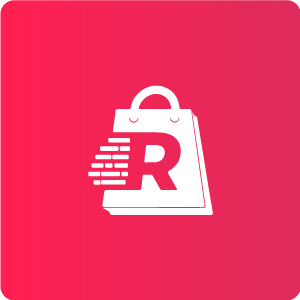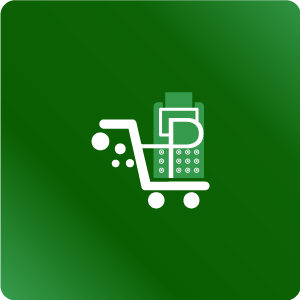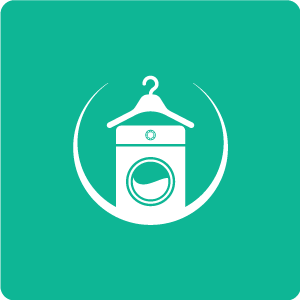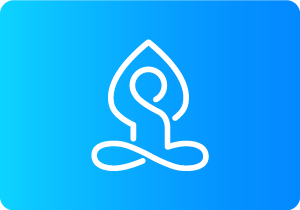How to Build a Successful App? Essential Tips for Development.

RazinSoft
Nov 10, 2024
List of Contents
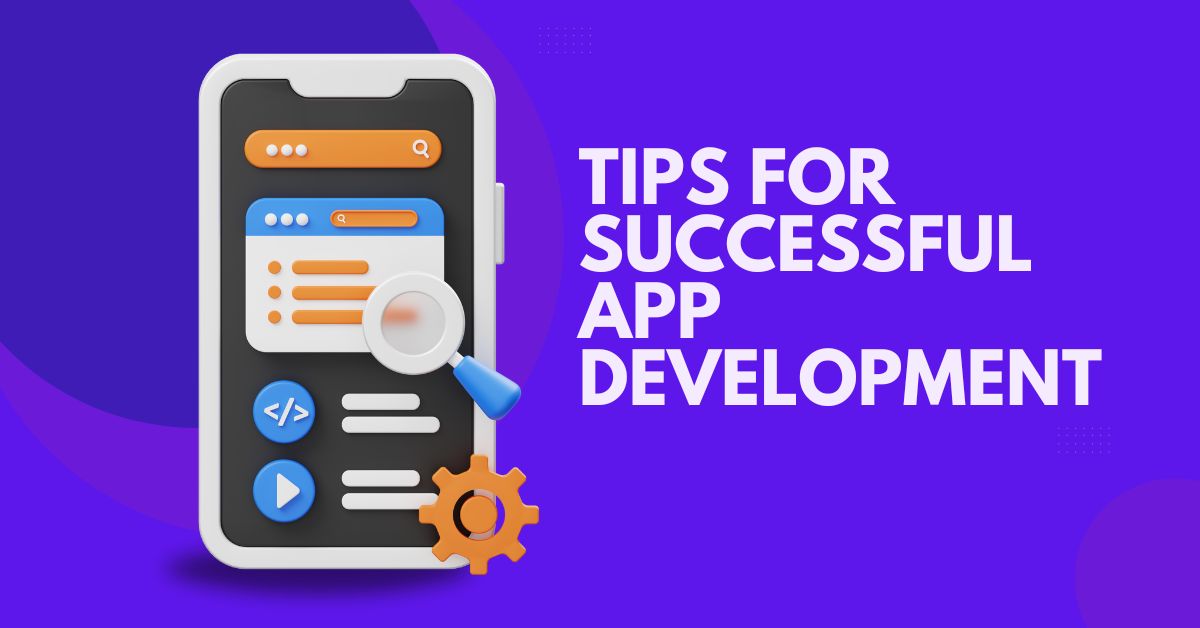
Tips for Successful App Development
App development can be a rewarding yet challenging journey, especially when trying to create something that stands out in today’s digital landscape. At RazinSoft, we understand the ins and outs of what it takes to create a successful app from scratch. Whether you’re new to development or looking to refine your process, here are some essential tips to guide you.
Start with Clear Goals
Before diving into the design or coding process, it’s crucial to have a clear understanding of what you want your app to achieve. Take time to define-
- Purpose: What problem does the app solve?
- Target Audience: Who will benefit from using your app?
- Core Features: What are the must-have functionalities?
Knowing these details will guide your entire development process and help you focus on the essentials.
Conduct Thorough Market Research
Market research helps you understand the competition and identify gaps where your app can shine. Look at apps in the same category to evaluate what works well and what could be improved. Consider factors like -
-
User reviews: See what users love and where they feel frustrated.
-
Design trends: Notice what’s visually appealing and user-friendly.
-
Monetization strategies: Understand if and how competitors are making money.
This information will allow you to develop an app that not only meets user expectations but also offers a unique solution.
Design with the User in Mind
A user-friendly interface is key to keeping users engaged. Even the most innovative app can fall short if it’s too complicated to use. Here’s how you can design an intuitive interface -
Simplify navigation: Keep the layout clean and buttons easy to find.
Limit steps for core actions: Users shouldn’t have to tap five times to complete a basic task.
Incorporate feedback: Let users know when an action is successful or if there’s an error.
Use mockups and prototypes to visualize the app’s flow before starting development. This lets you identify potential UX issues early.
Choose the Right Development Platform
The platform you choose can greatly affect your app’s reach. For example, Android has a larger global user base, while iOS users typically spend more on apps. If possible, consider developing for both platforms, but if your budget is limited, go for the one that aligns best with your target audience.
Also, take advantage of cross-platform development frameworks like Flutter and React Native. These allow you to create apps for both iOS and Android simultaneously, reducing development time and costs.
Focus on Performance Optimization
An app that crashes or loads slowly is a major turn-off for users. To improve your app’s performance:
-
Optimize images and videos: Large files slow down load times.
-
Minimize network requests: Too many data requests can drain a user’s battery.
-
Keep the code clean: Organized code not only makes your app run smoother but also makes it easier to maintain.
To ensure your app runs smoothly, test it across various devices and network conditions. User expectations for performance are high, and an app that lags or crashes can quickly lose its audience.
Prioritize Security
With cyber threats on the rise, security should be a top priority. Here are some basic steps to protect your app and user data:
-
Secure user data: Use encryption and secure protocols for data transfer.
-
Follow privacy laws: Ensure compliance with data protection regulations like GDPR.
-
Regularly update security features: As new threats emerge, so should your security measures.
Security lapses can damage your brand’s reputation and lead to significant financial losses, so don’t skip this step.
Plan for Regular Updates
The journey doesn’t end once your app is launched. To keep users engaged and attract new ones, regularly update your app with:
-
Bug fixes: Address any issues users encounter.
-
New features: Introduce fresh functionalities to keep users interested.
-
UI/UX improvements: Adjust the design based on user feedback to enhance usability.
Regular updates show users that you’re committed to improving their experience, building loyalty and encouraging positive reviews.
Test, Test, and Test Again
Testing is crucial for catching errors and ensuring a smooth user experience. Here’s a breakdown of some key testing phases:
-
Functional Testing: Make sure every feature works as expected.
-
Performance Testing: Check how well the app performs under different conditions.
-
Usability Testing: Have real users test the app and give feedback.
-
Security Testing: Identify potential vulnerabilities.
The more comprehensive your testing process, the fewer surprises you’ll encounter after launch.
Consider Monetization Early
If you plan to make money from your app, think about your monetization strategy early on. Some common ways to monetize an app include:
-
In-app ads: Place ads within your app to earn revenue.
-
Freemium model: Offer a free version with premium features available through a subscription.
-
In-app purchases: Allow users to buy additional features or content.
Choose a strategy that aligns with your app’s purpose and audience. This will help you develop a sustainable revenue stream while keeping users satisfied.
Collect and Act on User Feedback
Feedback is one of the most valuable tools for app improvement. After your app is launched, encourage users to leave reviews or provide feedback through in-app surveys. Pay attention to what they say about:
-
Usability issues: Areas where users face difficulty.
-
Feature requests: Suggestions for new functionalities.
-
Common bugs: Repeated issues that may need a fix.
By listening to your users and making adjustments, you can ensure your app evolves to meet their needs, building a loyal user base in the process.
Related Blogs
MOST Popular
RazinSoft
Aug 10, 2024
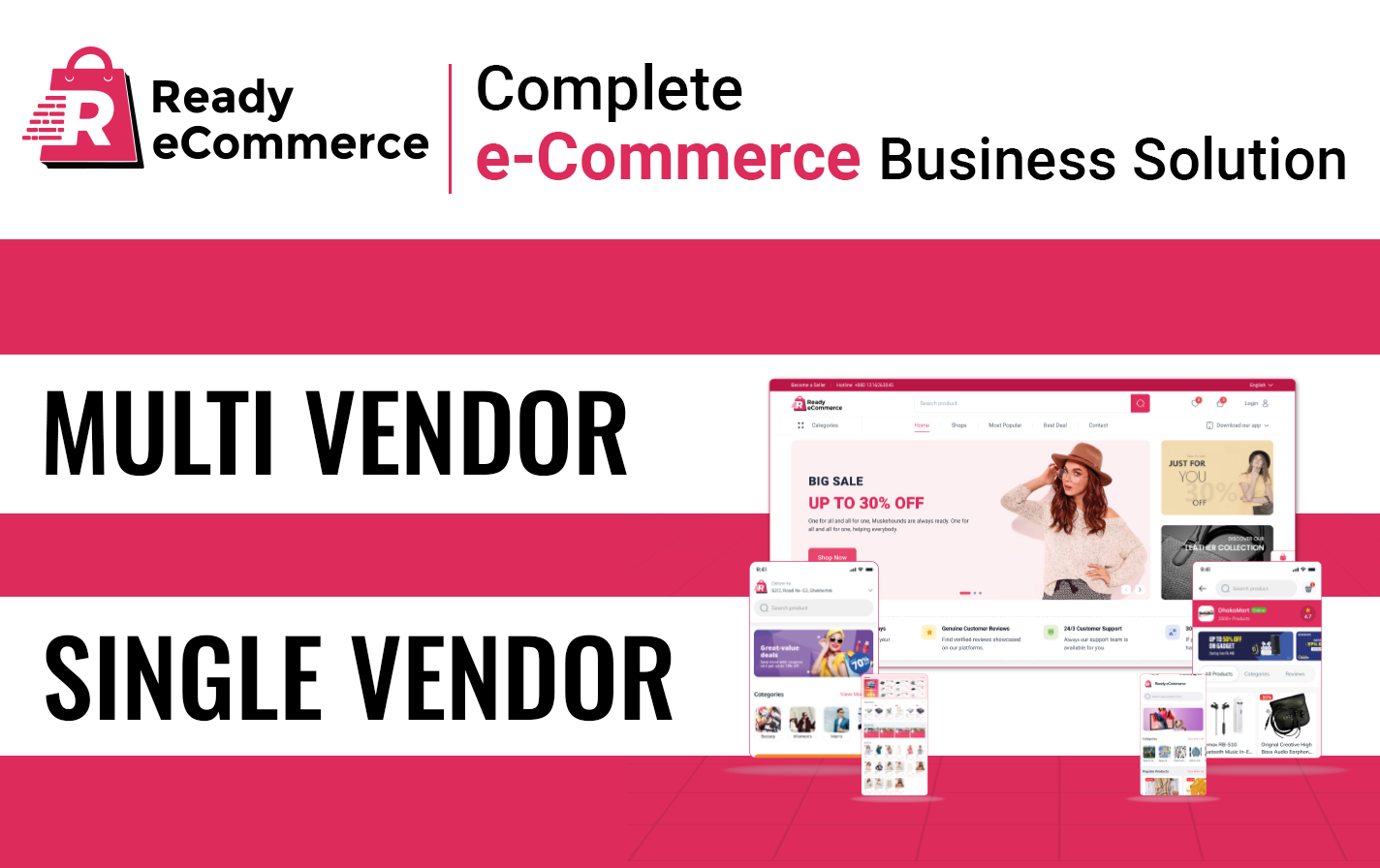
Shuvo Sharkar
Sep 17, 2024

Shuvo Sharkar
Sep 17, 2024

Shuvo Sharkar
Sep 17, 2024


